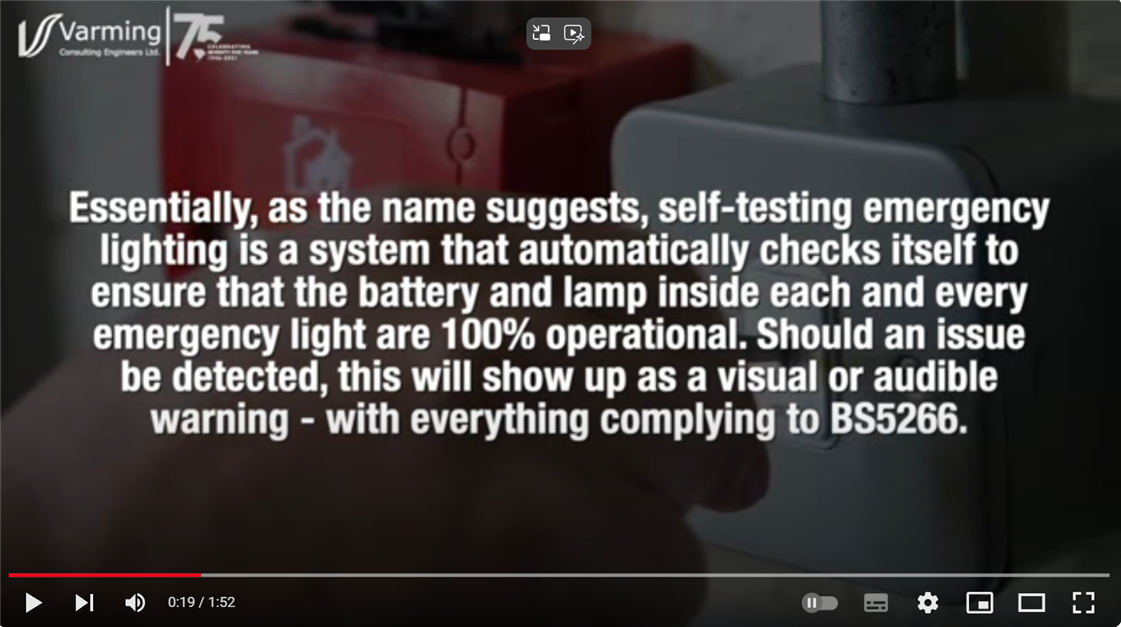I just need confirmation as I couldn't find the info in the BS5266 book.
If I choose self-testing emergency lights for my project do I still need an "old fashioned" emergency lighting test key switch to do regular monthly or annual tests?
Self-testing lights are smart enough to indicate visually or audibly once the problem has been detected so I guess it is not necessary to have test key switches as well but some places still do it, why?

